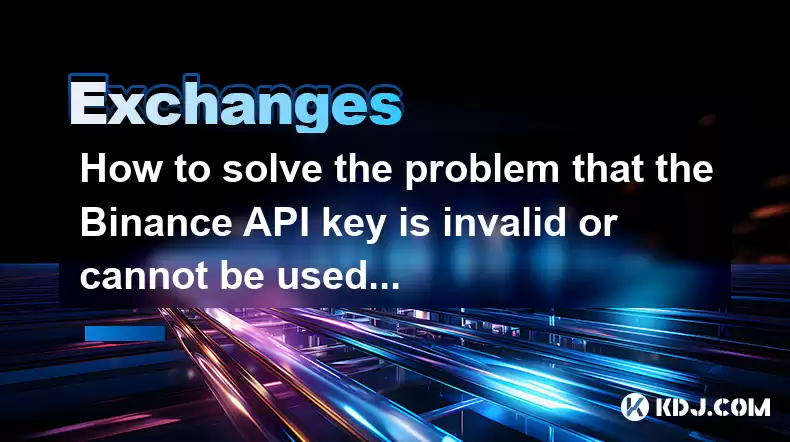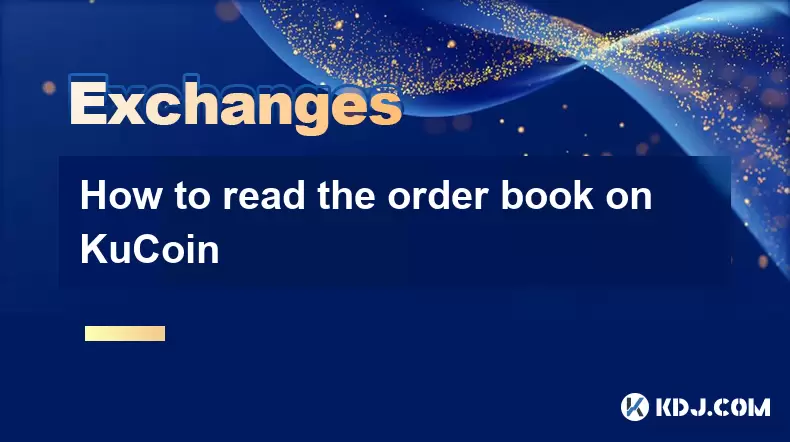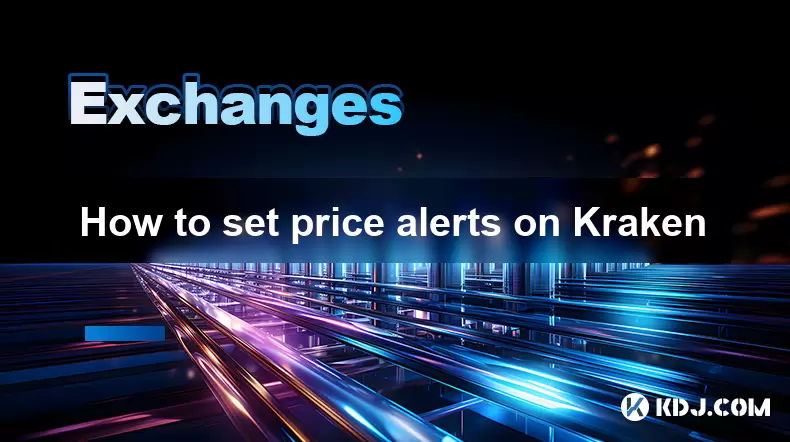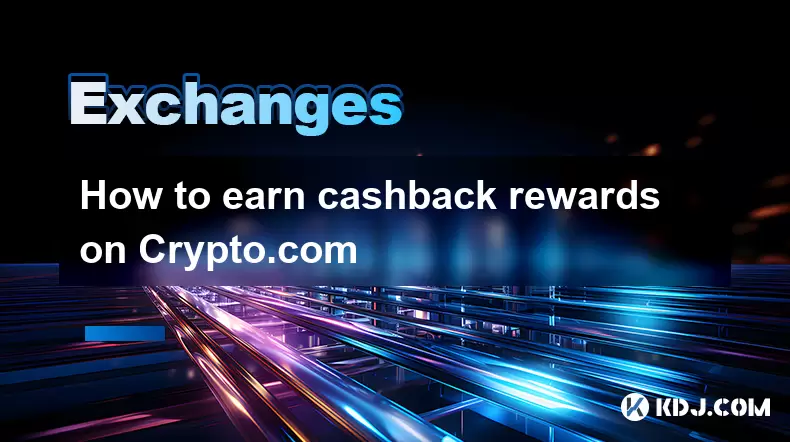-
 Bitcoin
Bitcoin $119000
-2.21% -
 Ethereum
Ethereum $4315
1.01% -
 XRP
XRP $3.151
-3.11% -
 Tether USDt
Tether USDt $0.0000
0.00% -
 BNB
BNB $808.5
-0.71% -
 Solana
Solana $175.8
-4.21% -
 USDC
USDC $0.9999
0.00% -
 Dogecoin
Dogecoin $0.2250
-3.92% -
 TRON
TRON $0.3469
1.77% -
 Cardano
Cardano $0.7818
-3.81% -
 Chainlink
Chainlink $21.47
-2.10% -
 Hyperliquid
Hyperliquid $43.30
-6.81% -
 Stellar
Stellar $0.4370
-2.84% -
 Sui
Sui $3.682
-4.40% -
 Bitcoin Cash
Bitcoin Cash $590.8
2.67% -
 Hedera
Hedera $0.2484
-5.20% -
 Ethena USDe
Ethena USDe $1.001
0.00% -
 Avalanche
Avalanche $23.10
-4.29% -
 Litecoin
Litecoin $119.2
-3.96% -
 Toncoin
Toncoin $3.409
0.90% -
 UNUS SED LEO
UNUS SED LEO $9.016
-1.29% -
 Shiba Inu
Shiba Inu $0.00001304
-3.82% -
 Uniswap
Uniswap $11.18
1.33% -
 Polkadot
Polkadot $3.913
-3.51% -
 Cronos
Cronos $0.1672
-3.08% -
 Dai
Dai $1.000
0.02% -
 Ethena
Ethena $0.7899
-4.70% -
 Bitget Token
Bitget Token $4.400
-1.23% -
 Pepe
Pepe $0.00001132
-5.93% -
 Monero
Monero $257.9
-6.44%
How to solve the problem that the Binance API key is invalid or cannot be used?
Troubleshooting invalid Binance API keys involves verifying key accuracy, checking permissions, resolving network issues, managing rate limits, debugging code, ensuring correct timestamps and signatures, and consulting Binance's documentation and support.
Mar 17, 2025 at 03:01 am

Key Points:
- Verification of API Key and Secret Key accuracy.
- Checking API Key Permissions and Restrictions.
- Troubleshooting Network Connectivity Issues.
- Examining Binance API Rate Limits and Usage.
- Identifying Potential Issues with the Code Implementing the API.
- Ensuring Correct Timestamps and Signatures.
- Utilizing Binance's API Documentation and Support.
How to Solve the Problem That the Binance API Key is Invalid or Cannot Be Used?
Many users encounter issues with their Binance API keys, resulting in errors indicating invalidity or inability to use the keys. These problems stem from various sources, and troubleshooting requires a systematic approach. Let's explore the common causes and solutions.
1. Verify API Key and Secret Key Accuracy:
The most common reason for an invalid Binance API key is simply an error in typing the key or secret key. Double-check for typos, extra spaces, or incorrect capitalization. Copy and paste directly from the Binance website to avoid manual entry errors. Ensure you are using the correct API key pair; using the wrong secret key with the correct API key will lead to failure.
2. Check API Key Permissions and Restrictions:
Binance API keys have different permission levels. If your key lacks the necessary permissions for the action you're trying to perform (e.g., trading, withdrawing funds), the API call will fail. Log in to your Binance account, access your API management settings, and verify that the key has the required permissions enabled. If you're only trying to read data, make sure the "Read Only" permission is activated.
3. Troubleshooting Network Connectivity Issues:
Problems with your internet connection can prevent your application from reaching the Binance servers. Check your internet connection, ensure your firewall isn't blocking access to Binance's API endpoints, and try accessing other online services to rule out a broader network problem. A temporary network outage can also cause API key errors.
4. Examining Binance API Rate Limits and Usage:
Binance imposes rate limits on API requests to prevent abuse and maintain system stability. If you exceed these limits, your API calls will be rejected. Review Binance's API documentation to understand the rate limits for different endpoints and adjust your code to respect them. Implementing delays between requests might be necessary. Consider using weighted average methods to smooth out your API requests.
5. Identifying Potential Issues with the Code Implementing the API:
Errors in your code that uses the Binance API are another frequent cause of problems. Carefully review your code for syntax errors, logical flaws, or incorrect API endpoint usage. Use debugging tools to identify the specific point of failure and check the HTTP response codes returned by the Binance API for clues. Ensure your code properly handles exceptions and error responses.
6. Ensuring Correct Timestamps and Signatures:
Many Binance API requests require a properly formatted timestamp and a digital signature for authentication. Inaccurate timestamps or improperly generated signatures will result in API key errors. Refer to the Binance API documentation for precise formatting requirements and ensure your code generates them correctly. Use a library specifically designed for cryptographic signatures to avoid errors.
7. Utilizing Binance's API Documentation and Support:
Binance provides comprehensive API documentation with detailed explanations of endpoints, request parameters, and error codes. Consult this documentation for troubleshooting assistance and understanding any specific requirements for your API calls. If you are still encountering problems after thoroughly reviewing the documentation and troubleshooting steps, consider contacting Binance's support team for further assistance.
Common Questions:
Q: My Binance API key is marked as "disabled". What should I do?
A: A disabled API key indicates a potential security issue or violation of Binance's terms of service. You need to log into your Binance account, regenerate a new API key, and revoke the disabled one. Carefully review your security practices to prevent future issues.
Q: I'm getting an "Invalid Signature" error. How can I fix this?
A: This error often means your code is incorrectly generating the digital signature for your API request. Double-check the timestamp formatting, the signing algorithm used, and the order of parameters in the signature generation process. Ensure you're using the correct secret key and the appropriate hashing algorithm.
Q: What are the different permission levels for Binance API keys?
A: Binance API keys can have varying levels of access, ranging from read-only access (viewing account data) to full trading permissions (executing trades and managing funds). The appropriate level of access should be selected based on the application's requirements, prioritizing security by granting only the necessary permissions.
Q: How can I avoid exceeding Binance's API rate limits?
A: To prevent hitting rate limits, understand the specific limits for each API endpoint, implement delays between requests using timers or asynchronous programming techniques, and consider using techniques like exponential backoff to handle temporary rate limit exceedances. Batch requests when appropriate to reduce the number of individual calls.
Q: I'm receiving a "400 Bad Request" error. What does this mean?
A: A "400 Bad Request" error from the Binance API usually means that your request is malformed or contains incorrect parameters. Carefully examine the request details, including the parameters, headers, and body. Refer to the Binance API documentation for the specific endpoint you're using to ensure you're following the correct format and providing valid data. The error response may contain more specific details.
Disclaimer:info@kdj.com
The information provided is not trading advice. kdj.com does not assume any responsibility for any investments made based on the information provided in this article. Cryptocurrencies are highly volatile and it is highly recommended that you invest with caution after thorough research!
If you believe that the content used on this website infringes your copyright, please contact us immediately (info@kdj.com) and we will delete it promptly.
- Circle Stock, Blockchain, and Strong Earnings: A Bullish Outlook
- 2025-08-12 22:30:12
- Nexchain, Crypto Presale, and Rankings: What's the Buzz?
- 2025-08-12 22:30:12
- Arc Blockchain: Circle's Layer-1 Play Amidst $428 Million Loss
- 2025-08-12 20:30:13
- XRP Price: Riding the Bull Cycle Wave or Hitting a Wall?
- 2025-08-12 20:50:12
- Cloud Mining in 2025: Chasing Passive Income and High Returns
- 2025-08-12 20:30:13
- XRP Price Forecast: Can XRP Hit $8, $12.60, or Even $100? Surge Drivers Analyzed
- 2025-08-12 21:10:13
Related knowledge

How to use margin trading on Poloniex
Aug 08,2025 at 09:50am
Understanding Margin Trading on Poloniex

How to read the order book on KuCoin
Aug 10,2025 at 03:21pm
Understanding the Order Book Interface on KuCoinWhen accessing the order book on KuCoin, users are presented with a real-time display of buy and sell ...

How to read the order book on KuCoin
Aug 12,2025 at 02:28am
Understanding the Basics of Staking in CryptocurrencyStaking is a fundamental concept in the world of blockchain and cryptocurrencies, particularly wi...

How to set price alerts on Kraken
Aug 11,2025 at 08:49pm
Understanding Price Alerts on KrakenPrice alerts on Kraken are tools that allow traders to monitor specific cryptocurrency pairs for price movements. ...

How to earn cashback rewards on Crypto.com
Aug 12,2025 at 02:08am
Understanding Cashback Rewards on Crypto.comCashback rewards on Crypto.com are a feature designed to incentivize users to spend using their Crypto.com...

How to use advanced trading on Gemini
Aug 08,2025 at 04:07am
Understanding Advanced Trading on GeminiAdvanced trading on Gemini refers to a suite of tools and order types designed for experienced traders who wan...

How to use margin trading on Poloniex
Aug 08,2025 at 09:50am
Understanding Margin Trading on Poloniex

How to read the order book on KuCoin
Aug 10,2025 at 03:21pm
Understanding the Order Book Interface on KuCoinWhen accessing the order book on KuCoin, users are presented with a real-time display of buy and sell ...

How to read the order book on KuCoin
Aug 12,2025 at 02:28am
Understanding the Basics of Staking in CryptocurrencyStaking is a fundamental concept in the world of blockchain and cryptocurrencies, particularly wi...

How to set price alerts on Kraken
Aug 11,2025 at 08:49pm
Understanding Price Alerts on KrakenPrice alerts on Kraken are tools that allow traders to monitor specific cryptocurrency pairs for price movements. ...

How to earn cashback rewards on Crypto.com
Aug 12,2025 at 02:08am
Understanding Cashback Rewards on Crypto.comCashback rewards on Crypto.com are a feature designed to incentivize users to spend using their Crypto.com...

How to use advanced trading on Gemini
Aug 08,2025 at 04:07am
Understanding Advanced Trading on GeminiAdvanced trading on Gemini refers to a suite of tools and order types designed for experienced traders who wan...
See all articles

























































































